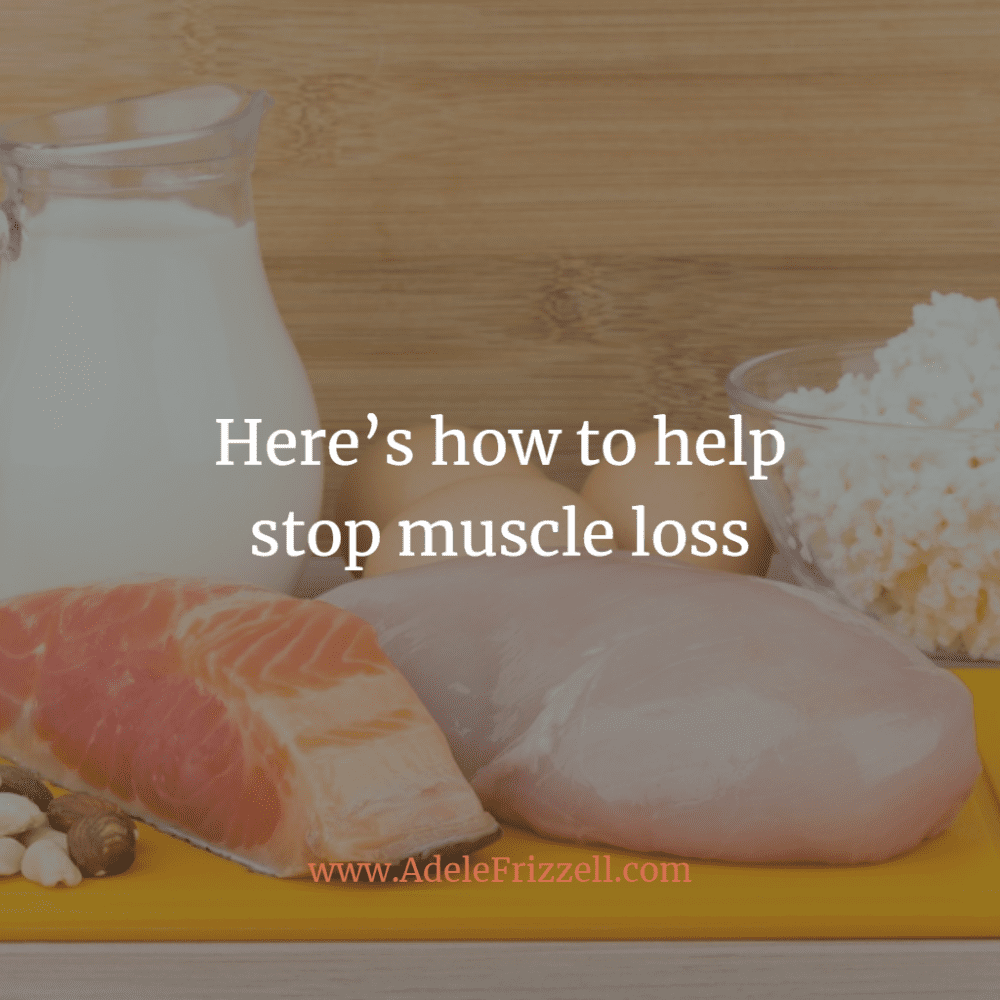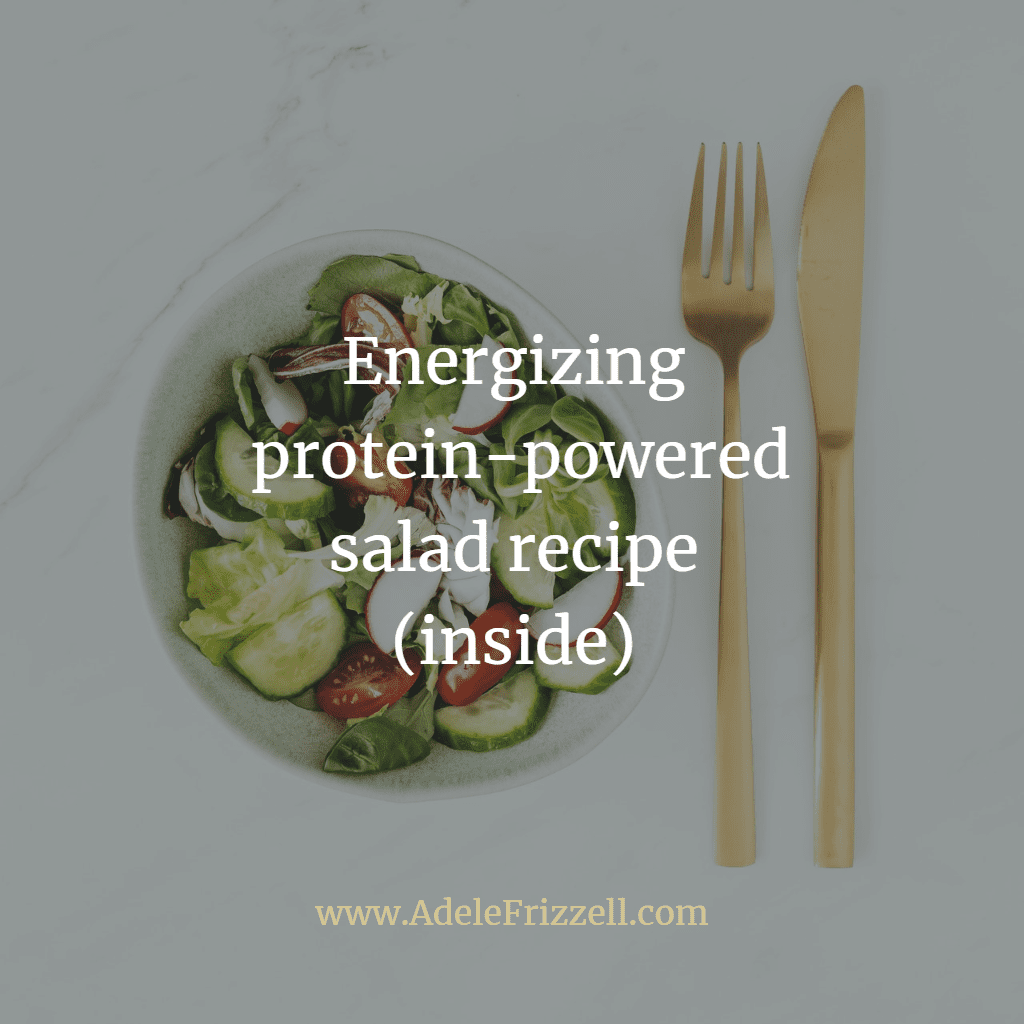How Much Protein Should You Eat?
“A ton, bro.”
Seriously, though. Several factors should determine your requirements, including:
1. Activity level (sedentary, athlete, recreational athlete, etc.)
2. Weight (particularly lean muscle mass)
3. Goals (maintain muscle mass, build muscle mass, lose weight, etc.)
4. Age (Anyone over 40 has a harder time synthesizing protein)
5. If you are pregnant or lactating.
What is the RDA?
The RDA (Recommended Daily Allowance) is the amount of a nutrient you need to meet your basic nutritional requirements. It’s the minimum amount you need to prevent a deficiency, and to keep you from getting sick. It may not be enough to improve athletic performance or optimize your health. I’ll show you how to determine your RDA for protein in a moment, as well as a different calculation if you want to improve your physique.
My Personal Protein Goals
As someone who wants to build muscle mass, I aim for at least 130 grams a day. (This is substantially more than the RDA.)
Now, I could, in theory, consume all of this protein in one sitting but it would be very difficult, not to mention inefficient, so I spread it out over 3 or 4 meals plus a shake, aiming for about 30-40 grams per meal and 25 to 30 grams in my shake. This provides a constant stream of amino acids to my muscle tissues, helps me build more muscle and strength, and keeps me feeling full.
Q: But how much protein should you be aiming for if you’re just looking to maintain a healthy body weight?
Here are the guidelines:
Average Adult:
The Recommended Dietary Allowance (RDA) states that you need 0.8 grams of protein for every kilogram of body weight. So, a 145-pound person (65.9 kg) would need 52.7 grams of protein a day. In my opinion, and the opinion of many experts, this is quite low, especially if you are over 40, dieting, athletic, and/or trying to put on lean muscle mass.
The females that I coach are almost always hovering around the bare minimum, and one of the first things I do is suggest they increase their protein to at least 100 grams a day. It’s a game changer. Hunger goes down, along with cravings. This is because protein has appetite-suppressing qualities.
Strength and Endurance Athletes:
At the time of this writing, the joint American College of Sports Medicine and Academy of Nutrition and Dietetics position statement calls for 1.2 to 1.7 g/kg for strength athletes and 1.2 to 1.4 g/kg for endurance athletes. Since 2.2 pounds =1 kilo, a 145-pound strength athlete (65.9 kg) would need 79 to 112 grams of protein a day. This is a conservative number and many strength and physique athletes will consume in the range of 1 to 2 grams of protein per pound of lean body mass (LBM) a day.
Q: How do you calculate your Lean Body Mass?
You have to know your body fat percentage.
Lean Body Mass = your weight minus fat tissue. That’s right: your bones, organs, blood, muscle, and skin. So, if you weigh 160 pounds, and you are 25% body fat, then your lean body mass is equal to 120 pounds and your fat mass is 40 pounds. Lean body mass is sometimes described as fat-free mass. The calculator is Lean Body Mass = Body Weight – (Body Weight x Body Fat %). Keep in mind that body fat testing methods can vary wildly in terms of accuracy (a subject for another post).
***We also have a super handy macro calculator you can use for free. Click here.
Q: How much protein should you consume if you want to maximize your muscle-building potential?
I personally recommend 0.8 to 1.0 grams per pound of Target Body Weight. There is no benefit beyond this.
The Journal of International Society of Sports Medicine, recommends “one should consume protein at a target intake of 0.4 g/kg/meal across a minimum of four meals in order to reach a minimum of 1.6 g/kg/day. Using the upper daily intake of 2.2 g/kg/day reported in the literature spread out over the same four meals would necessitate a maximum of 0.55 g/kg/meal.” Note that this is approximately 2-3x the RDA.
Back to our 145-pound strength athlete (65.9 kg), this is equal to 106 to 145 grams of protein per day. It would seem the International Society of Sports Medicine is a bit more aggressive about protein intake than the American College of Sports Medicine.
*Source: https://jissn.biomedcentral.com/articles/10.1186/s12970-018-0215-1
Q: What happens if you eat too much protein?
Protein is harder to digest than any other macronutrient so about 25% of the calories are used up just in the process of digestion.
This process is referred to as thermogenesis, and it contributes greatly to feelings of satiety. (Macro thermogenesis is a subject for another newsletter.)
However, just like any food, if you consume too much protein/calories for your energy needs, it will be converted to fat. Note: You won’t hurt your kidneys or bones if your daily intake is within 1 gram per pound of bodyweight or 2.0 g/kg (barring any unusual health conditions.)
Q: How much protein should I consume each meal?
Figure out your requirements based on your weight and the information above, and spread this amount over the day. To keep it simple, I use 0.8 protein grams x Target body weight.
It is best to spread the protein out so you have some at every meal. While the body can digest huge servings of protein (like an enormous steak), it may have difficulty utilizing more than 50 grams of protein per meal.
By spreading out your protein, you keep your tissues fed through a constant stream of amino acids and optimize the muscle building (“Anabolic”) effects of your meals.
Note: there is no benefit to consuming protein over more than 5 meals a day.
Q: What are some good sources of lean protein?
Have a look at the following list to determine how many servings you would need of each item to hit your target protein macros.
Lean proteins that are low in fat and relatively low in carbohydrates include, but are not limited to:
- 100 grams COOKED chicken breast = 31 grams of protein.
- 100 grams CANNED tuna in water = 24 grams of protein.
- 1 cup non-fat cottage cheese = 24 grams of protein.
- 1 cup fat-free Greek yogurt = 23 grams of protein.
- 100 grams COOKED shrimp = 21 grams of protein.
- 1 cup or 752 grams of Eggbeaters = 21 grams of protein.
- 1 Kirkland protein bar = 21 grams of protein.
- 1 cup of Carb Master non-fat milk = 11 grams of protein.
- 1 serving of whey protein isolate = 20-35 grams of protein (read the manufacturer’s label and weigh the amount)
Q: Is there are an app that will tell you how much protein you’re getting in a serving of something?
Yes. I use MyFitnessPal but there are other macro-counting and calorie-tracking apps such as CalorieKing and MyMacros. They all require a little time investment, especially in the beginning.
Learn how to Eat for your Goals with our crash course in macros, flexible eating, and nutrition. It’s only $29.99.
Did you enjoy this article? We’d love to read your thoughts and feedback.







Thank you for the information. Appreciated the link to the easy to use calulations on protein. Sometimes everything gets so overwelming.
You’re so welcome! I’m glad you found the macro calculator helpful! We use it for our coaching clients too!